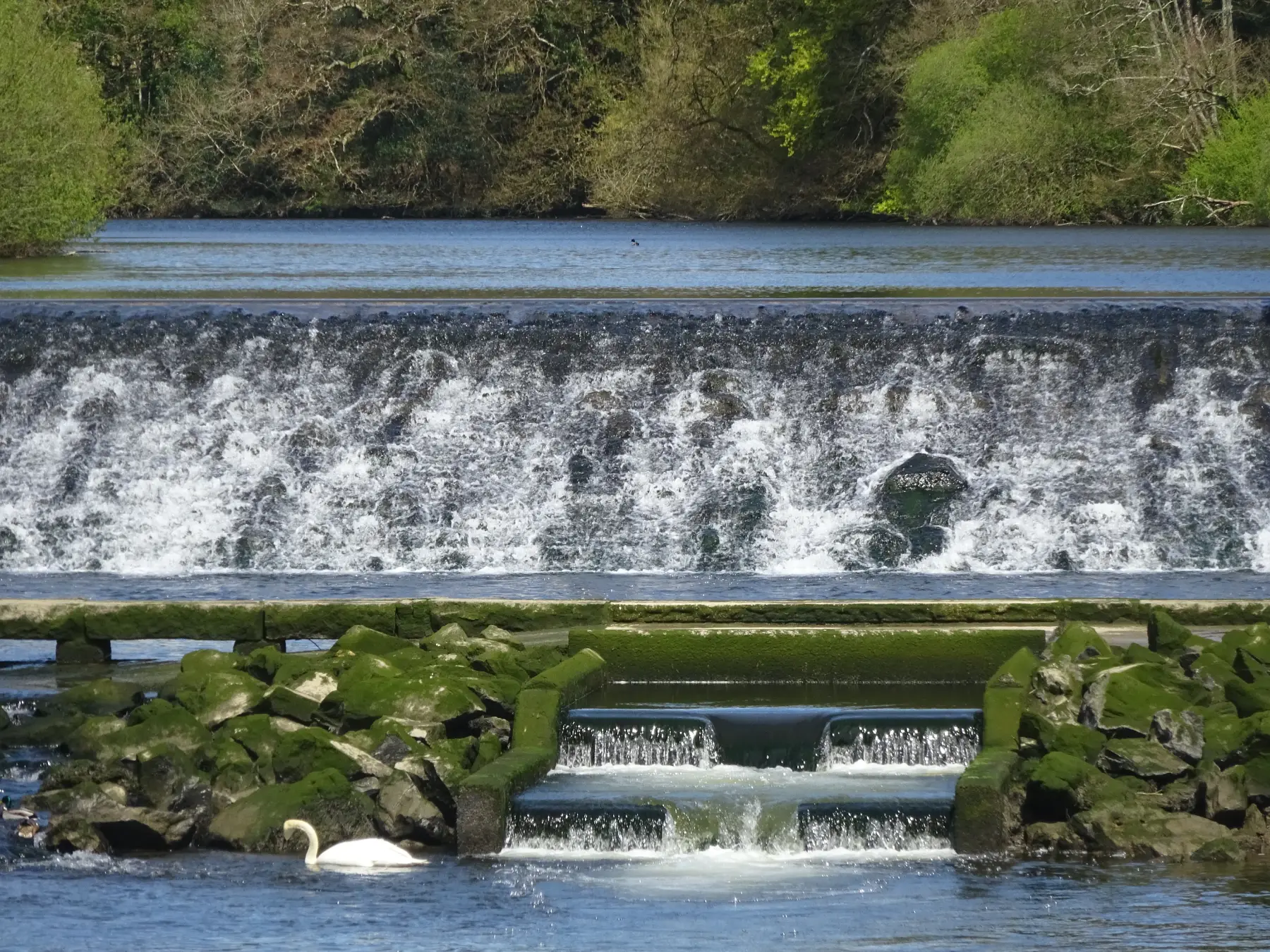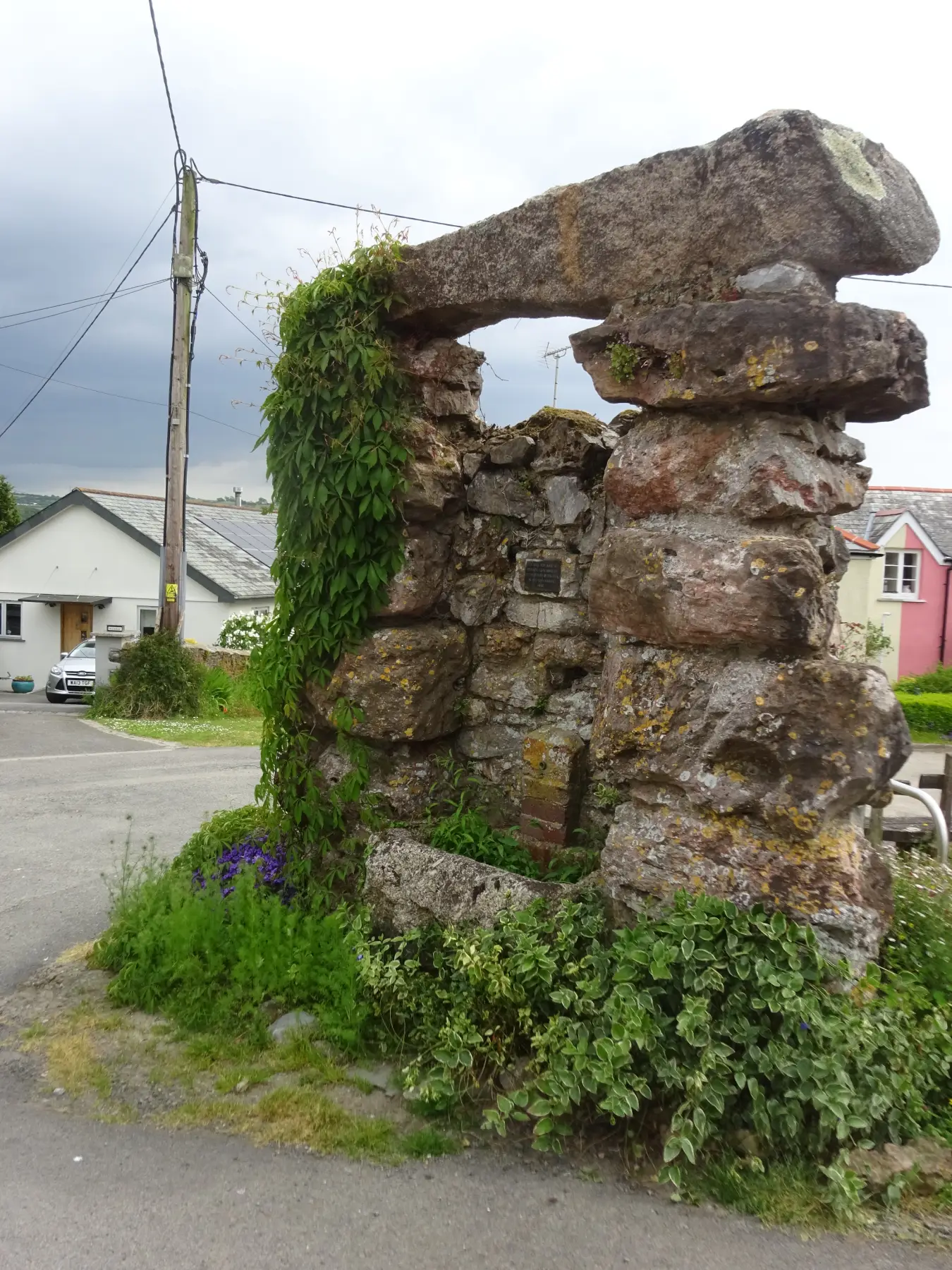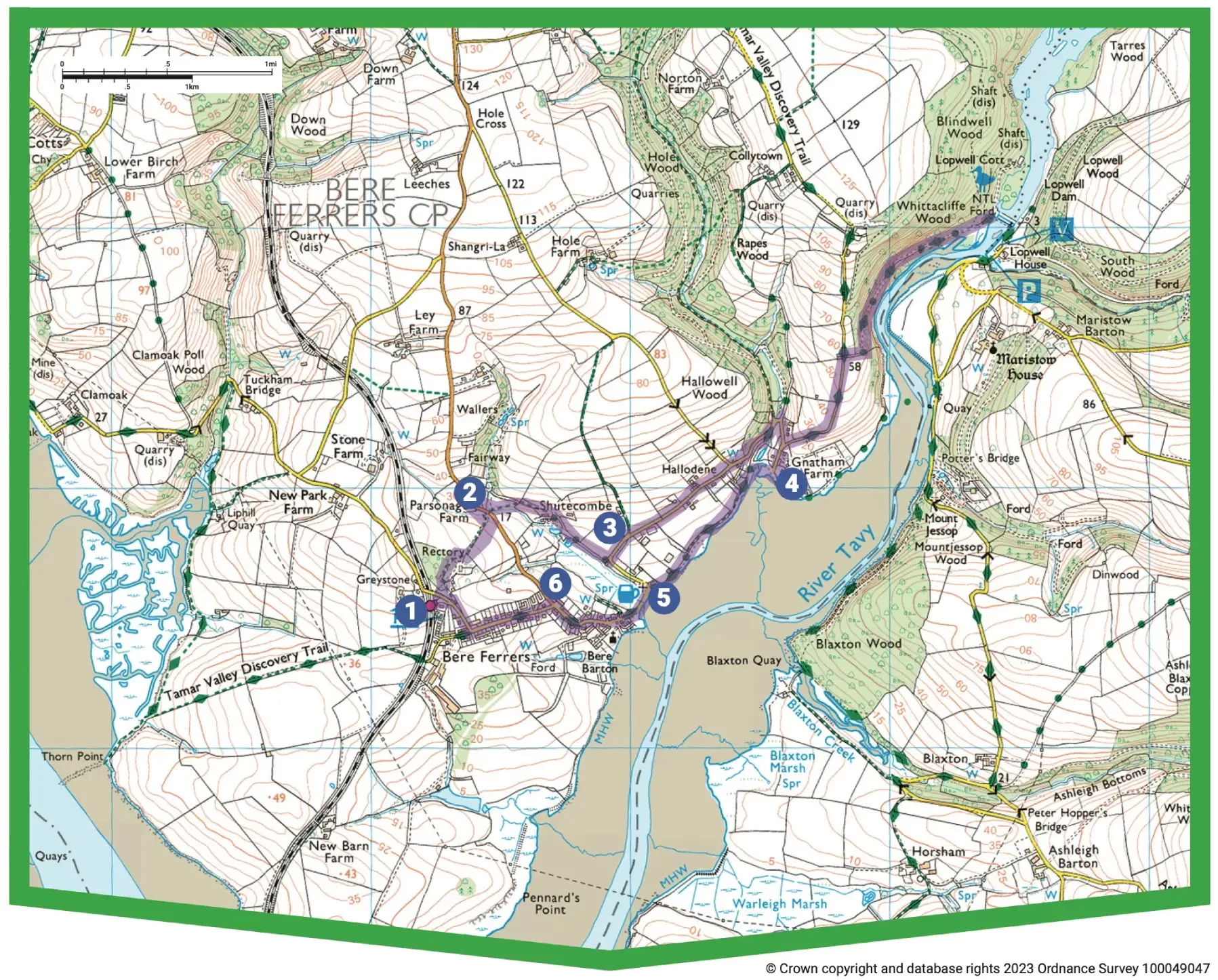EXTENSION TO LOPWELL DAM Continue along the lane, ascending steadily. The gradient eases a little alongside a lovely run of oak and hawthorn. Opposite a big barn turn right down a track signed to Lopwell Dam. Descend through beautiful Whittacliffe Wood to reach the dam – it’s fun to cross over on the narrow walkway (impassable for two hours either side of high tide). Lopwell Dam – constructed in 1953 to boost Plymouth’s water supplies – is a tranquil spot today, at the tidal and navigable limit of the Tavy. Mining for silver and lead in this area dates back to the 13th century; Wheal Maristow, in the woods, was worked again in the 19th century. It is recorded that in the early 20th century the Vivian brothers lived in a cottage nearby (now in ruins) and ferried people across the river in a wooden rowing boat. The surrounding area (a Site of Special Scientific Interest and Local Nature Reserve) is known today for its plentiful wildlife, attracted by a range of habitats: woodland, marshes – both freshwater and saltwater – and mudflats.
Retrace your steps to Point 4.
MAIN WALK Turn left, downhill, to pass derelict cottages and reach the river below Gnatham Farm. Turn right onto the muddy track, then step up onto the marshy ground on the right to cross the bridge over the stream. Bear left to reach a footpath marker post on the track ahead, joining the TCCW.
Here bear right, away from the (at times) very wet track, to follow a narrow path that parallels the estuary. Eventually round a stile to re-join the track and keep ahead: houses at the lower end of Bere Ferrers, and the church, come into view.







